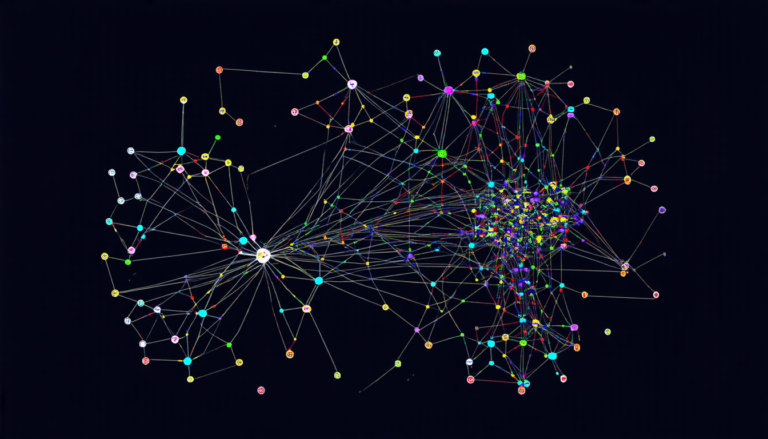Tuesday 24 June 2025
In a breakthrough that promises to revolutionize the way we render virtual scenes, researchers have developed a new method for baking static global illumination. This technique, known as WishGI, significantly reduces memory usage and ensures high runtime efficiency, making it an ideal solution for low-end platforms.
Global illumination is a crucial component of virtual scene rendering, combining direct and indirect lighting to create realistic lighting effects. However, existing methods often prioritize visual quality by relying on extensive texture storage and massive pixel-level texture sampling, leading to large performance overhead. WishGI addresses this issue by introducing a novel illumination baking model that achieves high-precision fitting for effective illumination.
The key innovation behind WishGI is its use of spherical harmonics fitting to reduce the number of samples required in fragment shaders. This approach enables the method to achieve high-quality global illumination with minimal memory usage and reduced computational costs. Additionally, WishGI’s inverse probe distribution method generates unique probe associations for each mesh, ensuring consistent lighting quality across all instances of the same mesh.
The researchers tested WishGI on various models with different characteristics, including polygon count and occlusion presence, consistently achieving satisfactory global illumination with minimal memory usage. The results demonstrate clear advantages over mainstream industry methods, enabling high-quality static global illumination on low-end devices.
WishGI’s efficiency is particularly noteworthy for mobile devices, where performance constraints are a major concern. By reducing the amount of data required to render virtual scenes, WishGI opens up new possibilities for developers to create more complex and realistic environments without sacrificing performance.
The implications of WishGI extend beyond gaming, with potential applications in fields such as architecture, film, and product design. As virtual reality and augmented reality technologies continue to evolve, the need for efficient global illumination methods will only grow. WishGI’s innovative approach has the potential to transform the way we render virtual scenes, enabling more realistic and immersive experiences.
The researchers’ work is a testament to the power of computational creativity, demonstrating how careful analysis and optimization can lead to significant breakthroughs in complex problems. As the demand for high-quality virtual scenes continues to rise, WishGI is poised to play a key role in shaping the future of rendering technology.
Cite this article: “WishGI: Revolutionizing Virtual Scene Rendering with Efficient Global Illumination”, The Science Archive, 2025.
Virtual Reality, Augmented Reality, Global Illumination, Wishgi, Static Lighting, Spherical Harmonics, Fragment Shaders, Memory Usage, Computational Costs, Rendering Technology.







